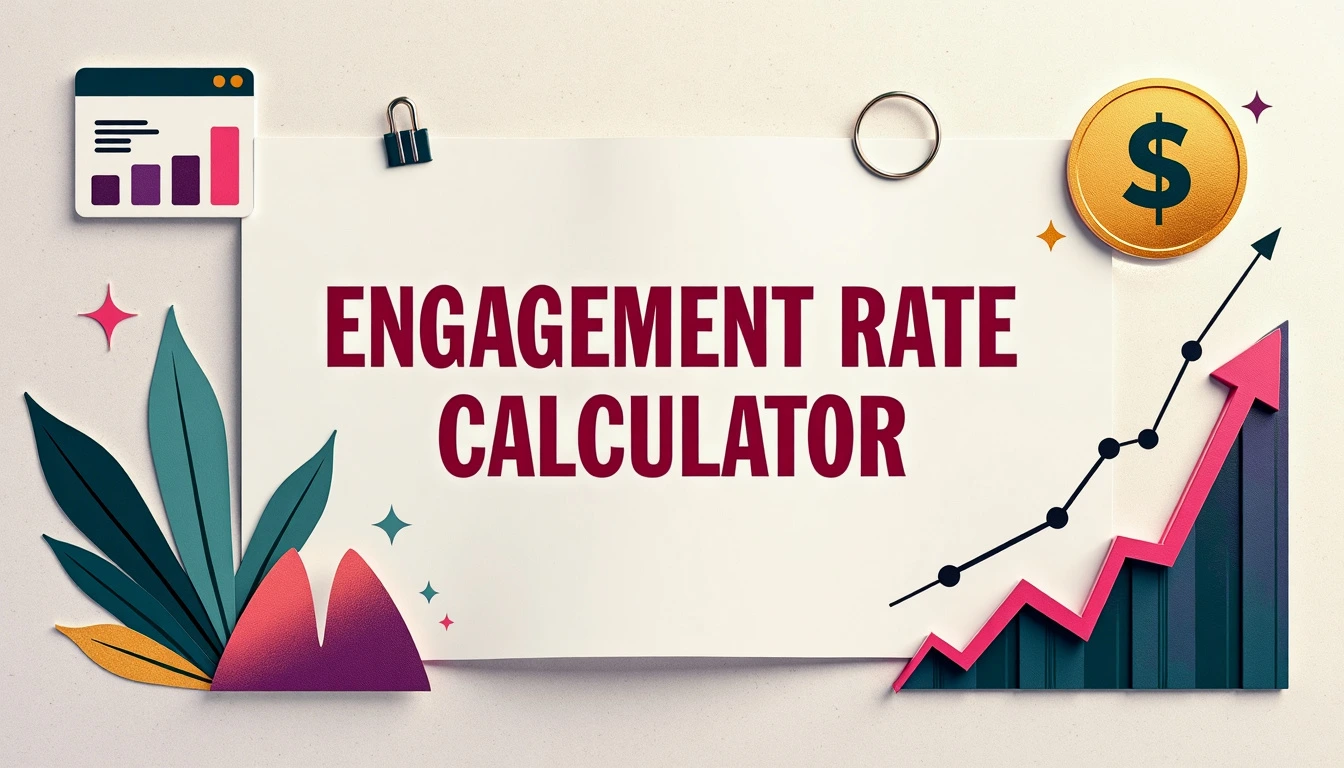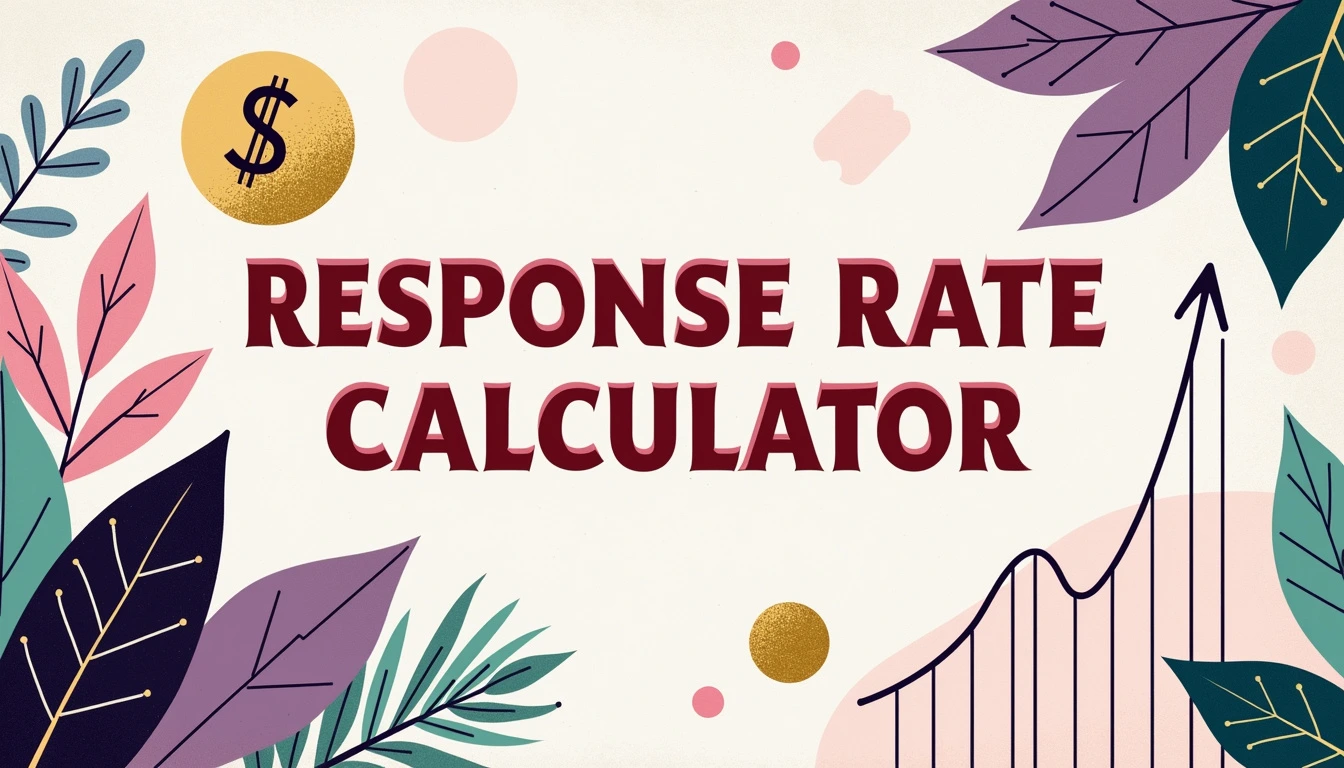Email Bounce Rate Calculator
Use our free email bounce rate calculator to determine the bounce rate of a single email campaign or across multiple campaigns. You can also use it to determine the number of attempted email sends and bounces you would need to hit your goal email bounce rate.
Email Bounce Rate Calculator
Enter any two values to calculate the third. For example, if you know your total bounces and attempted sends, enter those to calculate your bounce rate.
The calculator will help you understand the relationship between your email bounces, attempted sends, and bounce rate.
How to calculate email bounce rate

You can calculate email bounce rate by dividing the total number of bounced emails by the total number of attempted emails, then multiplying the result by 100 to get a percentage.
What is email bounce rate?
Email bounce rate represents the percentage of emails that failed to reach recipients' inboxes and were returned to the sender.
A high bounce rate can damage sender reputation and email deliverability, making it a crucial metric for monitoring email marketing campaign effectiveness and list hygiene.
Types of email bounces
Email bounces are divided into two main types: hard bounces and soft bounces.
Hard bounces occur when an email is permanently rejected due to invalid or non-existent email addresses, deleted accounts, or blocked domains.
Soft bounces are temporary delivery failures that happen when a recipient's mailbox is full, the server is down, or the message is too large, and they usually resolve themselves after subsequent delivery attempts.
Tips to lower your email bounce rate
- Maintain a Clean Email List: Regularly remove invalid or inactive email addresses.
- Use Double Opt-In: Ensure recipients confirm their subscription to avoid fake or mistyped addresses.
- Verify Email Addresses: Use email verification tools to validate addresses before sending.
- Segment Your List: Send targeted emails to specific groups for better engagement.
- Authenticate Your Domain: Implement SPF, DKIM, and DMARC to improve deliverability.
- Avoid Spam Triggers: Use a reputable email service provider and write clear, relevant content.
- Monitor Hard Bounces: Remove addresses that consistently result in hard bounces.
- Test Email Quality: Ensure emails are mobile-friendly and free of broken links or attachments.
- Warm Up Your IP: Gradually increase email volume for new sending domains or IPs.
- Check Blacklists: Regularly ensure your domain or IP isn’t on any email blacklists.



